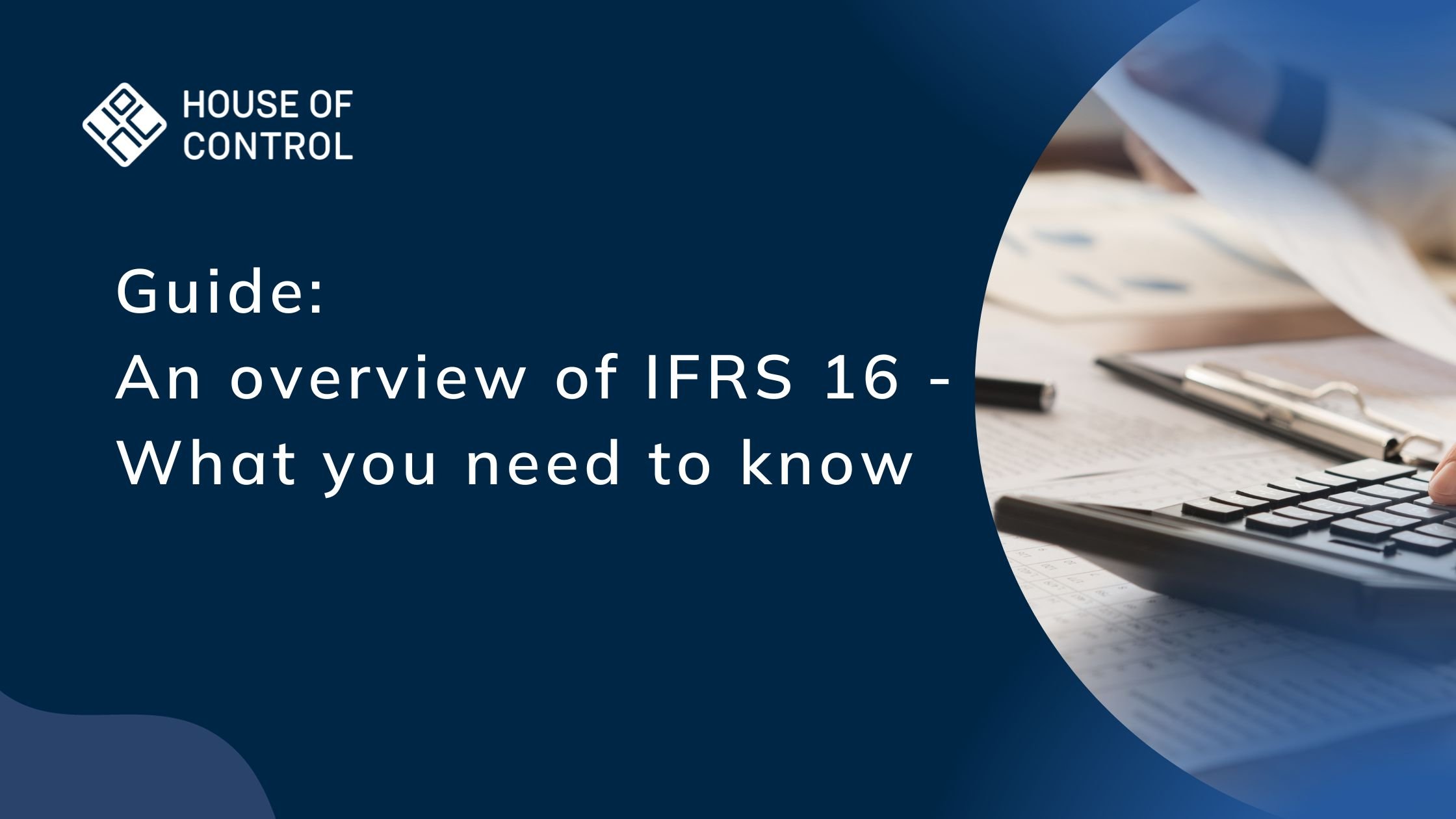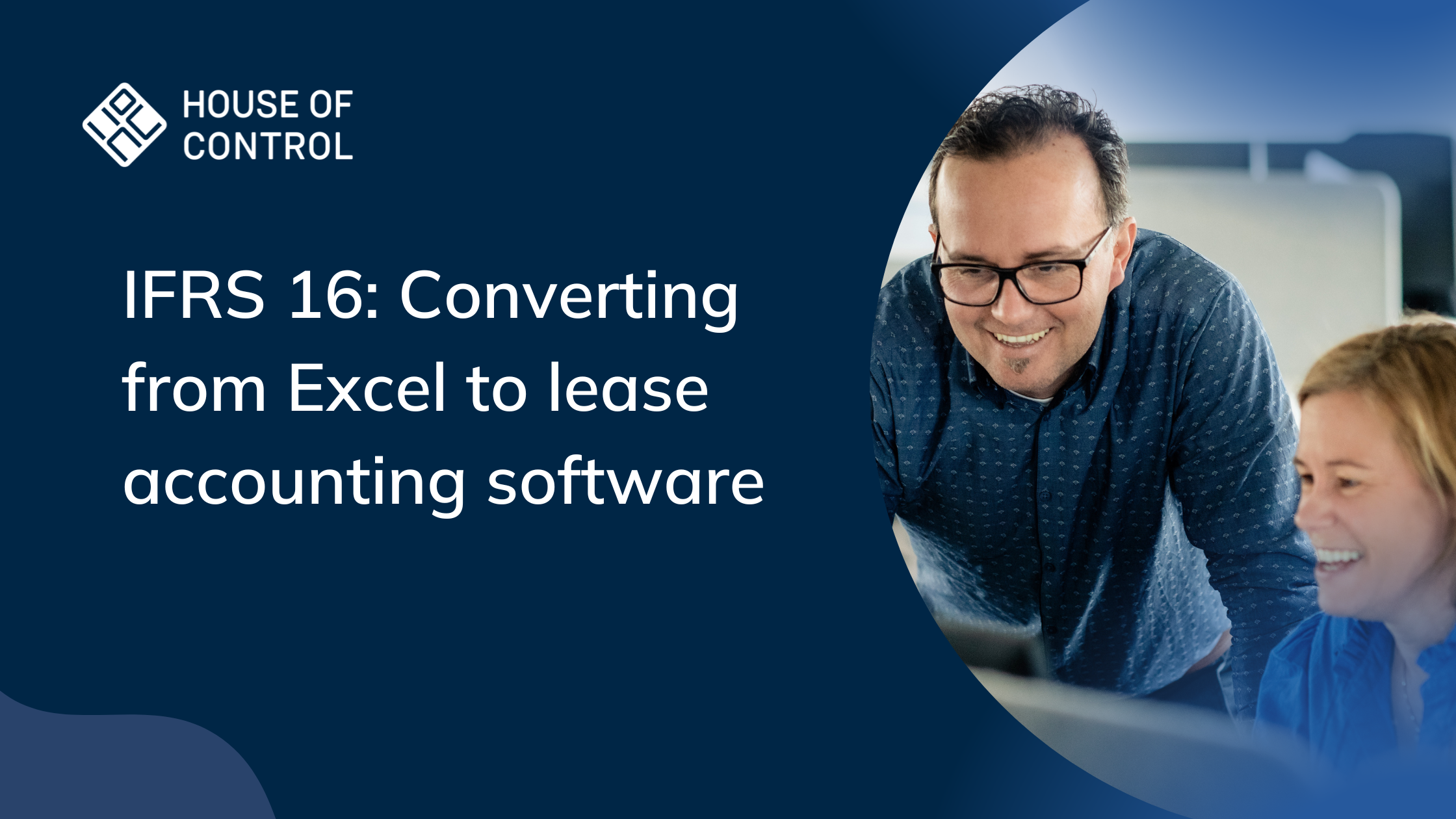5 Most Common Problems With IFRS 16 When Handled in Excel
Do you have more than 15 leases? Most CFOs then experience these five problems when dealing with the requirements of IFRS 16.
Do you use spreadsheets to handle compliance with leases covered by the requirements of IFRS 16? How do you organize and maintain all the details related to depreciation, interest rate, currency, calculation method, note requirements - and more?
We have helped several hundred companies in the Nordic region meet IFRS 16 requirements and, at the same time, streamline reporting. Most companies have tried to use Excel to solve the challenges. We went through this topic recently in one of our Webinar Excel vs Lease Accounting Software.
Europe's Leading IFRS 16 lease accounting software
There are at least 5 problems which CFO’s and finance departments encounter when trying to use Excel.
1. Dependence on select people
There is seldom a spreadsheet that isn’t built on the detailed knowledge of one or two people. IFRS 16 involves many complicated calculations. Even larger companies are vulnerable to personal mistakes or the absence of key people for extended periods.
2. Heavy maintenance
Consumer price indices are an important part of the maintenance of rental and leasing agreements. Do you have an automatic correction for price changes? Which indices should be used? Should all adjustments be made manually for all agreements in all countries? When should it be done?
3. Are the calculations made according to actual figures in the updated agreement?
Those who use Excel to handle IFRS 16 will usually keep the agreement itself as a PDF in a folder structure - or even more cumbersome forms of storage. This makes it cumbersome and difficult to know that what you are calculating actually matches what is the last updated agreement.
4. Difficult to make other changes to appointments and calculate from the correct time
If spreadsheets are not linked to updated metadata for leasing agreements, it will be time-consuming to recalculate agreement values when the terms change. Typically, we see that there will be a lot of columns and complex Excel sheets. The risk of making mistakes is perceived by many as stressful.
5. The longer you wait to work smarter, the higher the chance of a complex implementation of new solutions
This is a classic problem, both in and out of finance: When current reporting methods don’t scale, it becomes increasingly difficult to maintain the status quo. The longer it takes to implement new solutions, the greater risk of errors in manual maintenance. “This is what we should have done a long time ago,” is feedback we constantly hear from new customers.
There is an lease accounting software for that
There is standard software that immediately lifts the stress off the shoulders of the CFO. The solution reduces complexity and lessens the risk of errors - and it makes calculations and reporting quick and easy.
And not only that: with all the agreements gathered in one place, you get excellent lifecycle contract management at the same time. In the Nordic region alone, there are already several hundred companies using the solution - and experiencing how much simpler IFRS 16 can be.
Further readings:
- How to get real business value from IFRS 16
- Converting to IFRS? Here are our tips for best practice
- How a large retailer handles 350 IFRS 16 leasing contracts
- What functionality to look for in IFRS 16 software
- Read these tips for better IFRS 16 compliance
- The 4 most important steps when complying with IFRS 16
- An insider's story: What users experience when managing leases in a better way





